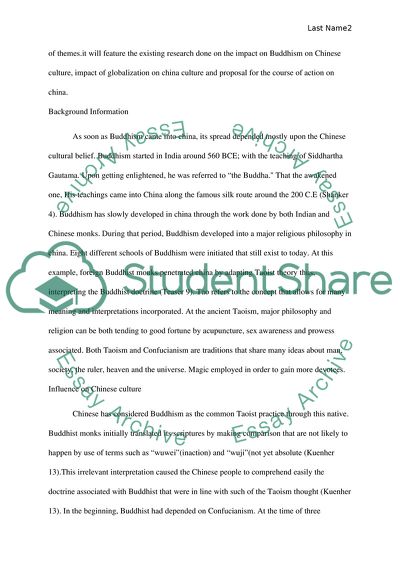Cite this document
(The Conceptual World of Buddhism Essay Example | Topics and Well Written Essays - 2250 words, n.d.)
The Conceptual World of Buddhism Essay Example | Topics and Well Written Essays - 2250 words. https://studentshare.org/religion-and-theology/1819459-buddhism-influences-on-chinese-culture
The Conceptual World of Buddhism Essay Example | Topics and Well Written Essays - 2250 words. https://studentshare.org/religion-and-theology/1819459-buddhism-influences-on-chinese-culture
(The Conceptual World of Buddhism Essay Example | Topics and Well Written Essays - 2250 Words)
The Conceptual World of Buddhism Essay Example | Topics and Well Written Essays - 2250 Words. https://studentshare.org/religion-and-theology/1819459-buddhism-influences-on-chinese-culture.
The Conceptual World of Buddhism Essay Example | Topics and Well Written Essays - 2250 Words. https://studentshare.org/religion-and-theology/1819459-buddhism-influences-on-chinese-culture.
“The Conceptual World of Buddhism Essay Example | Topics and Well Written Essays - 2250 Words”. https://studentshare.org/religion-and-theology/1819459-buddhism-influences-on-chinese-culture.


